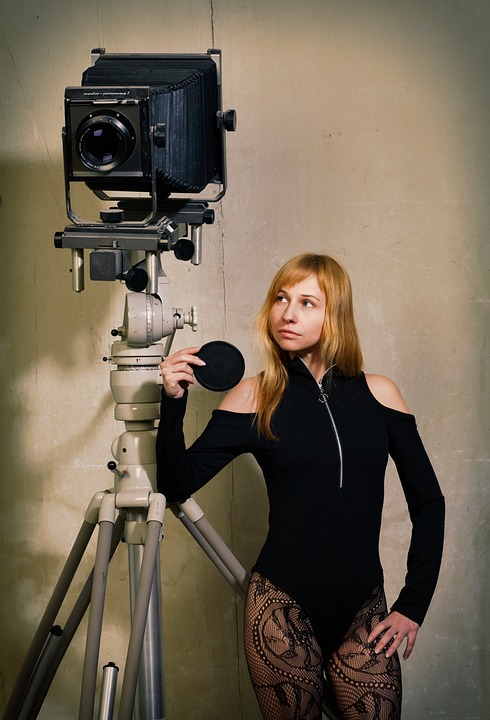Introduction
Being a film director is a dream job for many people who are passionate about creating visual stories that captivate audiences. From working closely with actors to overseeing the production design, a film director’s day is filled with challenges and opportunities to bring their creative vision to life. In this article, we will explore a typical day in the life of a film director, taking a look behind the scenes at what goes into making a movie.
Morning Routine
A film director’s day typically starts early in the morning. They may begin by reviewing the day’s schedule and checking in with the various department heads to ensure everything is on track. The director may also spend some time watching dailies from the previous day’s shoot to assess the footage and make any necessary adjustments to the upcoming scenes.
Pre-production Meetings
One of the first tasks of the day for a film director is to meet with the various departments to discuss the day’s shooting schedule. This may include the director of photography, production designer, costume designer, and other key members of the crew. During these meetings, the director will go over the scenes that will be filmed that day, discuss any specific requirements or challenges, and collaborate on how best to achieve the desired look and feel for the film.
On Set
Once the pre-production meetings are complete, the film director will head to the set to begin filming. On set, the director is responsible for making sure the actors understand their roles, delivering the desired performance, and keeping the production on schedule and within budget. The director will work closely with the director of photography to frame each shot, decide on camera angles and movements, and ensure that the lighting and sound are just right.
Directing Actors
One of the most important aspects of a film director’s job is working with the actors to bring their characters to life. The director will guide the actors in their performances, helping them understand the emotional arc of their characters and ensuring that their actions and reactions feel authentic and true to the story. The director may also provide feedback and direction to help the actors achieve the desired tone and delivery for each scene.
Post-Production
After filming is complete, the director’s work is far from over. In the post-production phase, the director will work closely with the editor to shape the final cut of the film. This may involve reviewing rough cuts, providing feedback on pacing and storytelling, and making decisions about which shots to use and how to sequence them for maximum impact. The director may also be involved in designing sound and visual effects, working with composers to create the film’s score, and overseeing the overall look and feel of the final product.
Screening and Feedback
Before the film is ready for release, the director will often screen the final cut for producers, studio executives, and test audiences to gather feedback and make any final adjustments. This process can be nerve-wracking for a director, as the feedback received at this stage can influence the final version of the film. However, it is also an important opportunity to fine-tune the storytelling, pacing, and overall impact of the film before it is released to the public.
Marketing and Promotion
Once the film is complete, the director’s work shifts to marketing and promotion. The director may participate in interviews, press junkets, and other promotional events to build buzz and generate excitement for the film’s release. The director may also work with the marketing team to create trailers, posters, and other promotional materials that capture the essence of the film and attract audiences to theaters.
Reflecting on the Journey
As the film director’s day comes to a close, they may take a moment to reflect on the journey they have been on, from the initial concept to the final product. The director may feel a mix of emotions – pride at having brought their creative vision to life, excitement at sharing their work with audiences, and perhaps a touch of sadness at saying goodbye to the characters and story they have spent so much time developing.
Conclusion
Being a film director is a demanding yet rewarding job that requires passion, creativity, and strong leadership skills. From working with actors to overseeing the technical aspects of production, a film director’s day is filled with challenges and opportunities to bring their vision to life. While the work can be intense and sometimes stressful, the end result – a completed film that entertains, inspires, and moves audiences – makes it all worthwhile. So the next time you watch a movie, take a moment to think about the dedication and hard work that went into making it possible, and appreciate the artistry of the film director behind the scenes.
